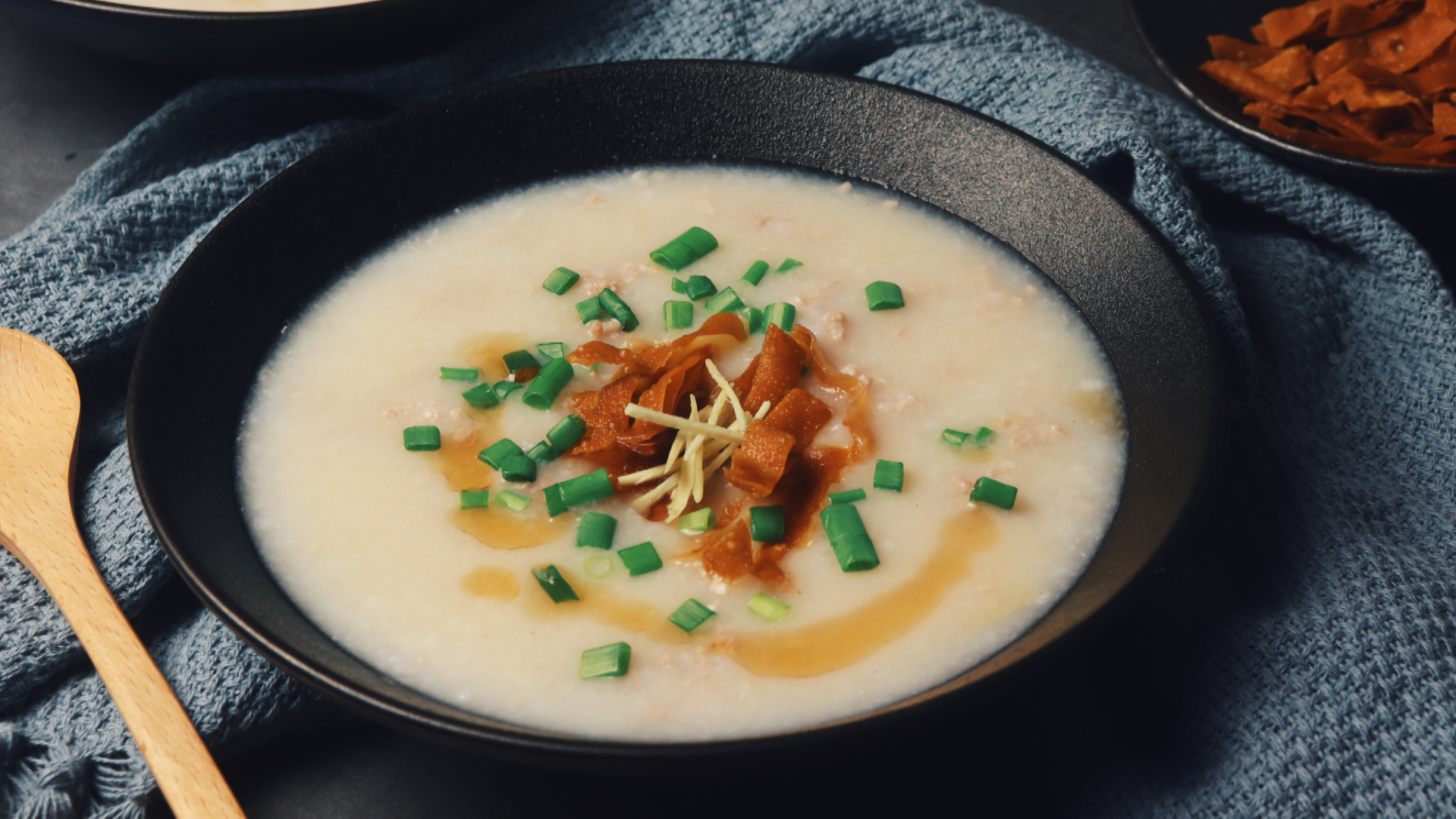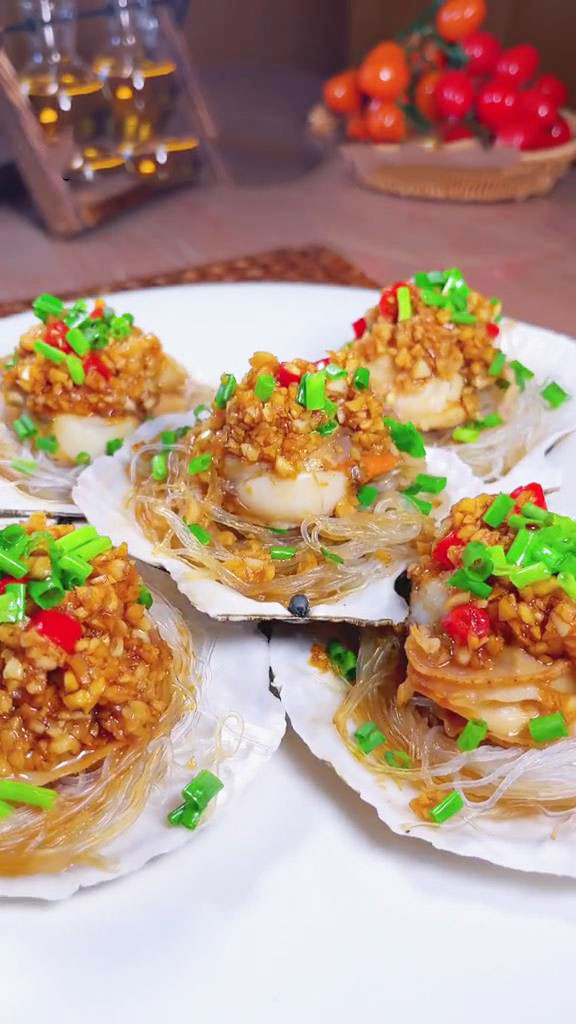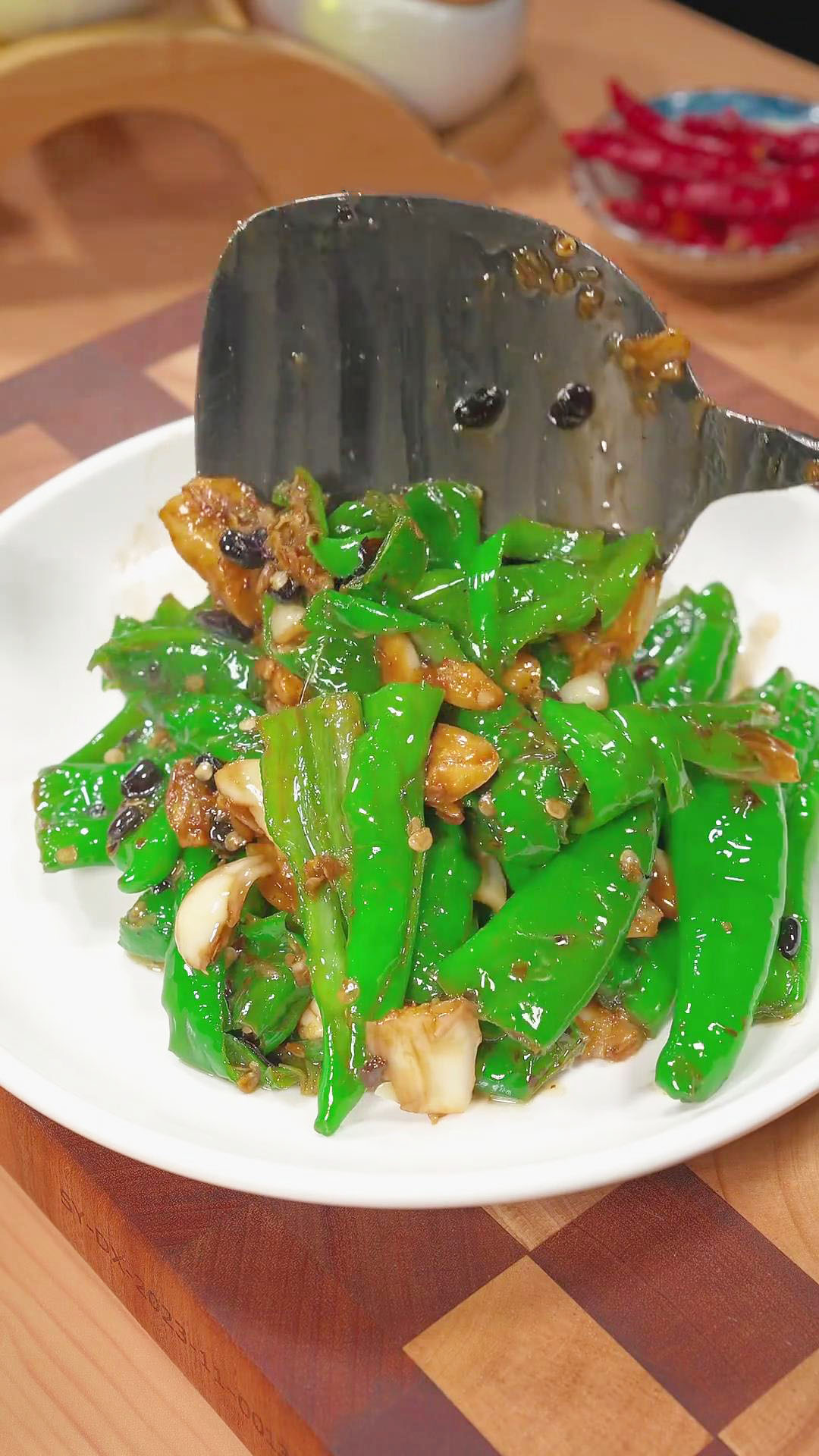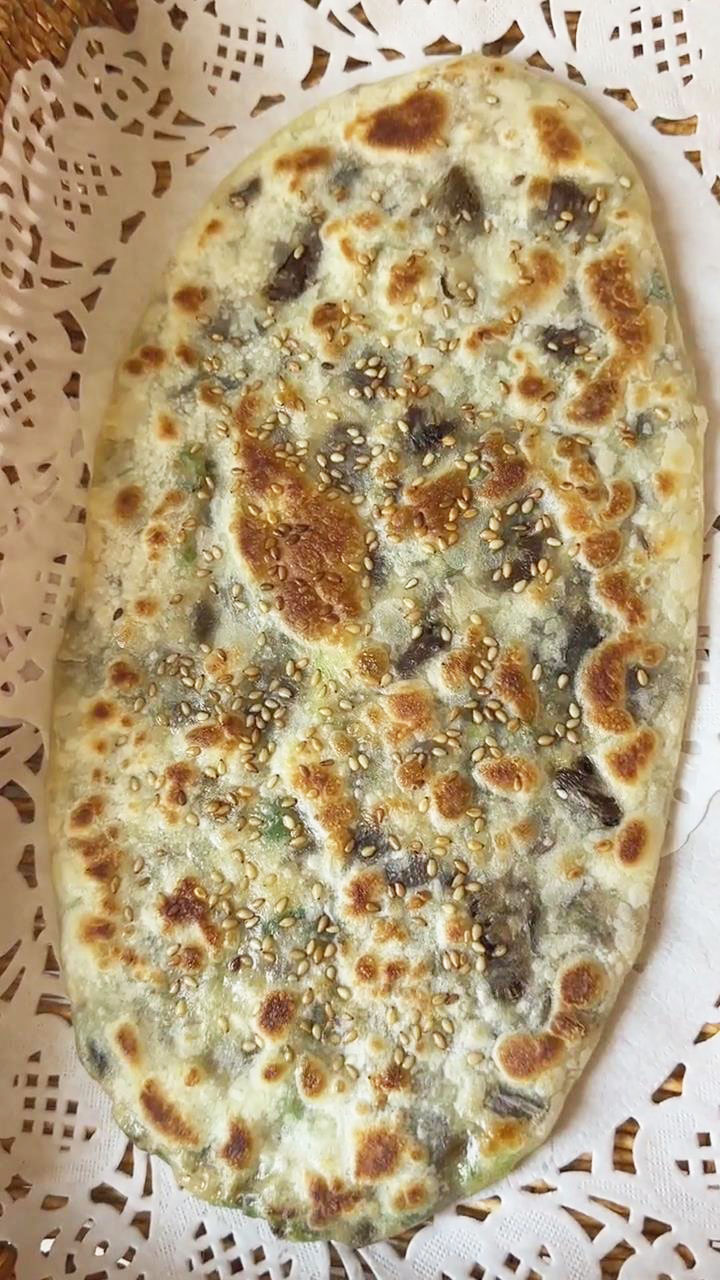It may be a simple dish, but congee is the heartiest meal to have, whether it is a cold afternoon or a hot summer day. This comfort food is your go-to for a hot bowl of savory, fragrant rice that you can customize in many different ways by adding your choice of congee toppings.
Turn a plain bowl of congee into a more appetizing and flavorful meal with 35 popular congee toppings listed in this guide.
What Is Congee?
Congee is a type of Chinese rice porridge made with boiled rice and water. The rice is typically boiled in a lot of water until it is cooked. In other countries, congee variations are also known as kayu in Japan, juk in Korea, and lugaw in the Philippines, to name a few.

In the past, congee served as a remedy for food scarcity in order to stretch the food supply for people. Nowadays, this warming dish is commonly eaten at any meal of the day or by sick people. Although it can be eaten on its own, there is nothing like the thrill of making your own congee version by adding your favorite toppings.
Vegetable & Non-Meat Congee Toppings
- Celery And Cilantro – Celery is a crunchy and slightly sweet vegetable. It is also slightly salty, watery, and bitter. Cilantro may not be for everyone but it will definitely add citrusy, spicy, soapy, and nutty flavors. If you enjoy cilantro, you can add this to the dish for a fresher taste.
- Crispy Fried Garlic– Fried garlic bits have always been a crowd favorite because of their versatility and delicious garlicky flavor. You can use it as a topping for almost anything as it goes well with a variety of flavors. I suggest making a large batch of this with my Crispy Fried Garlic recipe and using it whenever you need it. Top it on congee, soups, rice, and many more.
- Crispy Fried Shallots – Try my Crisp Fried Shallots recipe and top it in congee for an oniony and crunchy mouthfeel. I love adding fried shallots for extra crisp and caramelized flavors.
- Crispy Wonton Chips – For an extra crunch, add some crispy wonton chips. Get some wonton wrappers and deep-dry it in a pan.
- Dried Tangerine Peel– The sharp and bitter taste of dried tangerine peels complements the savory flavors of congee. It also has a subtle sweet taste that enhances the overall flavor of the dish. Not only will it bring extra flavor to the dish, but it also provides health benefits such as relieving cough and indigestion.
- Ginger– A sprinkle of shredded ginger in congee imparts peppery and sweet flavors and a warming kick. It gives it a soothing punch of ginger, a perfect remedy for a cold or sore throat.
- Garlic Chives– Garlic chives are mildly sweet and aromatic with a subtle garlic flavor to them. It is a versatile ingredient that enhances the flavor when heated.
- Goji Berry– Goji berries are popular toppings for vegetarian congee. It has a tangy yet sweet taste. It is best as a topping and not cooked with the congee as cooking for long will change the taste from sweet to sour. You will definitely love this topping for its anti-aging properties and health benefits as it is packed with vitamins and minerals.
- Roasted Peanuts – Peanut is a commonly used ingredient for Chinese soups and congee mainly for its extra texture and mildly sweet and nutty flavors. Moreover, it is one of the easiest toppings to prepare by allowing it to soften in the congee. You can use either whole or crushed peanuts.
- Toasted Sesame Seeds– Aside from peanuts, you can also add notes of nutty flavors with toasted sesame seeds. You can use white or black sesame seeds. This adds a bit of nuttiness to your congee. I like to use toasted sesame seeds for a nuttier taste and extra crunch. If you don’t have toasted sesame seeds, you can toast them in a pan for a few minutes without oil.
- Fermented Bean Curd– You may also know this as fermented tofu, tofu cheese, or preserved tofu. Top this to your congee for a satisfying umami taste. It also adds delicious salty flavors and subtle cheesiness. I prefer mashing or breaking this into smaller pieces to be able to mix it evenly into the congee.
- Shiitake Mushrooms – Mushrooms are excellent additions to congee for flavor and protein, especially for vegetarian congee. I love shiitake mushrooms for its “meaty” and umami flavors. Its flavor profile can also be described as smoky and earthy. You can use fresh or dried shiitake mushrooms. Fresh shiitake gives you a buttery texture, while dried shiitake is chewier and has a deeper flavor. If you want extra flavor for the mushrooms, you can cook it first with soy sauce with a bit of sugar.
- Scallion, Spring Onions, Onion Chives – These types of onions are a favorite when it comes to garnishing dishes. It adds color and enhances the overall flavor with a hint of onion and herb flavors.
Meat Congee Toppings
- Chinese Sausage– You may also know this as lap cheong or lap chong. This is a type of dried and hard sausage made from pork and pork fat. It makes the congee sweet, smoky, and savory at the same time. You can cut it into thin slices or cubes and fry them. Chinese sausage is a fantastic ingredient for fried rice, like in my Chinese Sausage Fried Rice recipe. You can check my Chinese Sausage recipe for a guide on making Chinese Sausage.
- Dace In Salted Black Beans – Dace is a type of small freshwater fish that is a member of the carp family. You can typically buy fried dace with salted black beans pre-prepared in cans. It adds saltiness and umaminess to the congee.
- Dried Baby Shrimp – If you prefer a burst of seafood and fishy flavors, you can toast some dried baby shrimp in the pan to make it crispier and aromatic. It gives the congee salty and umami flavors as well:
- Egg – These are the types of egg that go well with congee for added protein and flavor:
- Raw Egg Yolk– Although raw egg yolk is quite bland, it enhances the congee with its buttery and fatty taste. It is smooth and slimy, which makes the congee creamy and velvety.
- Soft-boiled and hard-boiled eggs – An alternative to raw and uncooked eggs is a soft-boiled egg, like in Soy Marinated Egg recipes, or a poached egg. With a soft-boiled egg, you get a runny but flavorful and jammy yolk, accompanied by a soft egg white. Hard-boiled eggs, such as tea eggs, offer a firmer texture, great for congee.
- Fried Egg –Sunny side up is one of the easiest egg styles to dish up for congee. You can choose to have a semi-solid or melty yolk. The egg white can be soft or crisp.
- Salted Duck Egg– If you enjoy salty eggs, go for salted duck eggs, which are available cooked or uncooked in Asian supermarkets. If you buy fresh and raw eggs, prepare them by boiling them in water.
- Century Egg – Century egg (皮蛋) or Pi Dan is a preserved egg of duck or chicken. Its appearance is dark brown and translucent with a dark green to gray yolk. The taste is rich and complex which leans more towards being pungent and bitter. Moreover, it resembles the taste of blue cheese. The yolk has a cheesy texture, while the egg white is gelatinous.
- Pork Floss– Another ingredient that gives congee an umami and meaty boost is pork floss, also known as meat floss, meat wool, or rousong (肉松). It is made from dried shredded pork that is turned into a fluffy and cottony pork floss. With its mix of seasonings, it adds a sweet and savory taste as well. If you’re not a fan of pork, there are alternative options like chicken floss available.
- Spam– If you love a good spam, add this to the congee in small cubes after frying. Frying it will give it a crispy outer layer with a moist and spongy interior. It adds saltiness and pork flavors reminiscent of ham and bacon.
- Shredded Imitation Crab Meat– For more seafood options, try shredded imitation crab meat. These are usually pre-cooked and packed and can be added straight from the packaging after heating. Its texture is dense and rubbery, while the taste is salty and slightly fishy.
- Shredded Chicken – Another great protein source for congee is shredded chicken. You can use any leftover chicken you have and cut it into small pieces to make it easier to eat with the congee. Any type of chicken goes well with congee, such as breast, tenderloin, thighs, and leftover roast chicken. Pair this with chili oil, dried shrimp, ginger, and sesame oil.
More Congee Toppings – Sauces, Powders, Condiments
- Black Or White Pepper– If you want to add a bit of heat, you can sprinkle some black or white pepper. Black pepper is more pungent and spicier than white peppers. White pepper is less pungent and is more earthy and musty.
- Bovril– Bovril is a common topping for plain rice or congee. It is a concentrated beef stock that is thick and pasty. A swirl of Bovril adds a sweet and salty taste to the congee.
- Chili Oil – Choose your favorite style of chili oil and add a dash of this on top of the congee. It gives the congee a crunchy texture with strong garlic flavors. You can follow my recipe to make your own chili oil.
- Coriander– Coriander is a favorite spice for soup dishes. It makes any dish taste a lot better with its fresh citrus taste and strong pleasing aroma. The taste is closely similar to tart and lemon.
- Fish Sauce – For more umaminess, drizzle some fish sauce and give it a good mix. Fish sauce is salty, savory, and slightly sweet. If you don’t have fish sauce, you can replace it with soy sauce with vinegar or soy sauce with lime juice.
- Furikake– Furikake is a popular Japanese condiment that is commonly added on top of rice and soup. It is a crunchy and salty seasoning with a distinctive nutty and fishy taste.
- Gochujang– Gochujang is a Korean dish staple that is made from fermented red peppers. It is a red chili paste with salty, spicy, funky, and savory flavors.
- Kimchi– You can make a kimchi-infused rice porridge with kimchi made from fermented cabbage. This Korean topping is spicy, salty, sour, and umami. You can typically buy this in Asian supermarkets or in the international section of a grocery store.
- Lime or Lemon Juice – Add a kick of tanginess with lime or lemon juice. You can use fresh lime or lemon and squeeze the juice out on top of the congee. Alternatively, you can buy a bottle of this juice in the store.
- Miso Sauce– Another fermented seasoning is miso sauce or paste. It is funky, salty, sweet, and umami.
- Oyster Sauce– Oyster sauce is thick and dark. With oyster sauce, the congee is flavored with hints of soy sauce and barbecue sauce. If you don’t have oyster sauce, you can substitute it with hoisin sauce, teriyaki sauce, kecap manis, Worcestershire sauce with soy sauce and sugar, and oyster-flavored sauce.
- Sesame Oil– Aside from sesame seeds, you can also use sesame oil for a nutty and earthy taste. Make sure to add this in small quantities as you don’t want the sesame oil to overpower the overall flavor of the congee.
- Soy Sauce– Soy sauce is a universal seasoning that goes well with most dishes. You don’t need to add salt if you are using soy sauce as a topping. It is salty, umami, and can sometimes be sweet, depending on the type of soy sauce.
- Youtiao– Youtiao is also known as Chinese fried dough sticks, yu char kway, and Chinese crullers. These are deep-fried strips of leavened dough that are salty and slightly bitter or alkaline. Youtiao with congee is a traditional breakfast meal that can be served either whole or chopped into smaller pieces.
Which Congee Toppings Are Your Go-To?
Which congee toppings are your favorite? If you are getting hungry for a bowl of hot congee, try my 15-minute Cantonese congee recipe using Japanese rice. Choose your vegetable and meat toppings from this guide and add your preferred seasonings.
Share your congee topping combinations down below by writing a comment. To learn more about Asian recipes, follow my social media accounts on Instagram and TikTok.



